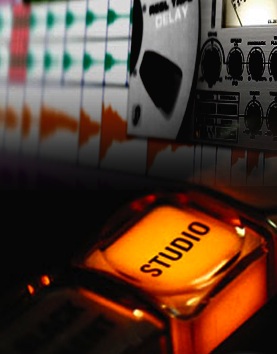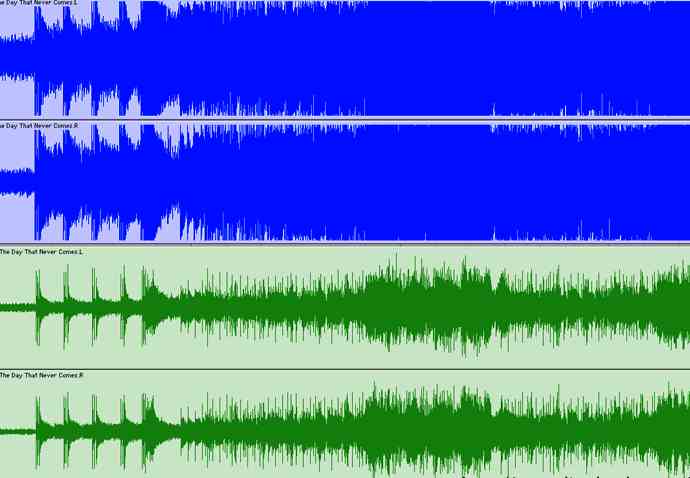Before you can get drums added to your song, you should have as much of the arrangement and other parts recorded as possible. This ensures that when you send your tracks to MyOnlineDrummer.com for drums, the song is complete and we can listen to how to best help the song. In addition to having the arrangement set, and instruments recorded properly, it is also very useful if the song is synced to a click track. This helps when recording your drum tracks and keeps everything locked in time.Final Preparations
Include a count-off: You can include a 2 bar count-off at the beginning of your song. This can be in the form of a click track or just a simple "1, 2, 3, 4". When you get your drum tracks back, you can simply line up this count-off with your existing audio.

Check your sample rate and bit depth.
When your song is ready to upload, there is one more step to ensure that drum tracks come back to you in the proper sample rate and bit depth.
When you upload your song, you will be asked what sample rate and bit depth you would like your files sent as. It is best to match these settings with your existing song to ensure proper playback and sonic quality.
Check your sample rate and bit depth.
When your song is ready to upload, there is one more step to ensure that drum tracks come back to you in the proper sample rate and bit depth.
Refer a Friend, Leave a Comment, WIN!
When you refer a friend to MyOnlineDrummer, and they upload a song, you will earn $25 off your next order. Start earning today!
Also, leave a comment on our Facebook page
and be automatically entered to win a free drum track.
Next month stay tuned for a video tutorial.
When you refer a friend to MyOnlineDrummer, and they upload a song, you will earn $25 off your next order. Start earning today!
Also, leave a comment on our Facebook page
and be automatically entered to win a free drum track.
Next month stay tuned for a video tutorial.





